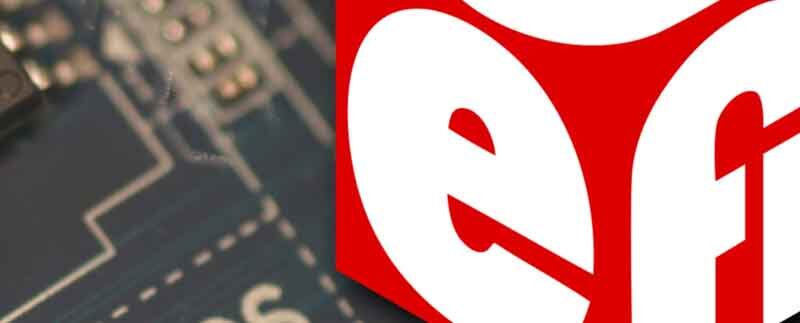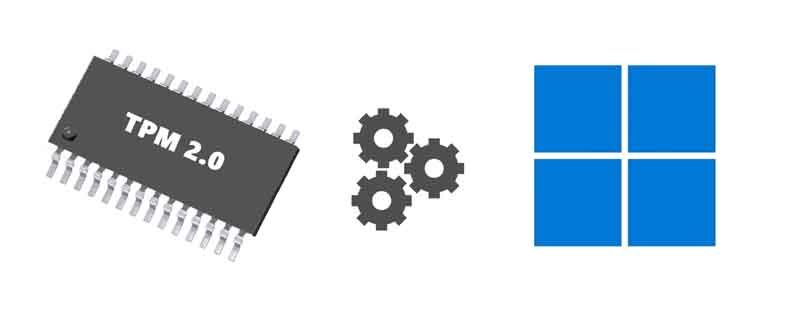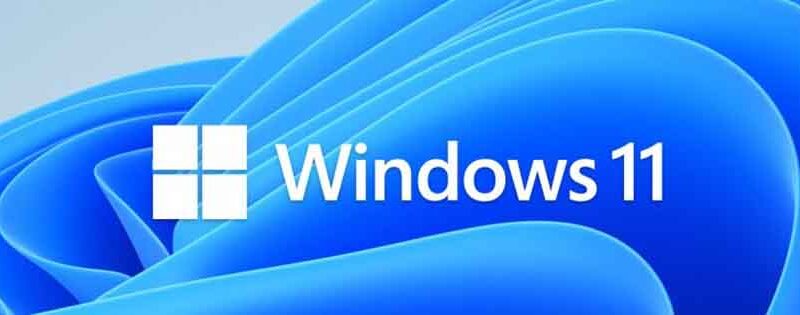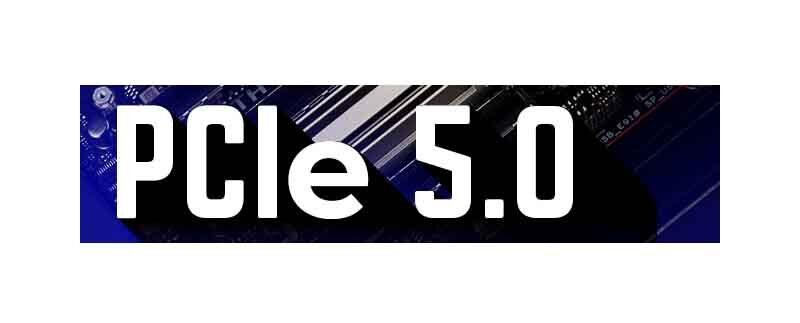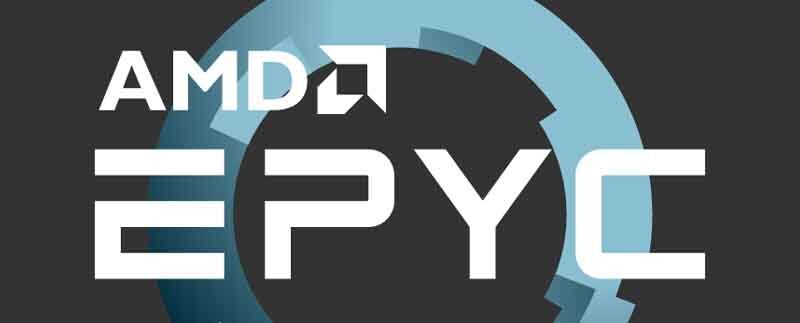GPT stands for GUID Partition Table. It is a partitioning scheme used on a hard disk drive that defines the layout of the partition table and the structure of the disk. GPT was introduced as part of the UEFI standard to replace the older MBR (Master Boot Record) partitioning scheme. GPT provides a number of […]
UEFI (Unified Extensible Firmware Interface)
UEFI stands for Unified Extensible Firmware Interface. It is a replacement for the traditional BIOS (Basic Input/Output System) that is used to initialize and boot computer hardware. UEFI is designed to be more flexible and extensible than BIOS, allowing it to support new technologies and operating systems. UEFI provides a number of advantages over BIOS, […]
UEFI firmware version 2.0 (Unified Extensible Firmware Interface)
UEFI (Unified Extensible Firmware Interface) is a replacement for the traditional BIOS (Basic Input/Output System) firmware that is used to initialize a computer’s hardware during the boot process. UEFI firmware provides a more modern and flexible interface than BIOS and includes support for advanced features such as secure boot, networking, and remote management. UEFI firmware […]
TPM version 2.0
TPM (Trusted Platform Module) version 2.0 is a hardware-based security module that provides a secure storage and processing environment for cryptographic keys and other sensitive data. It is a dedicated microcontroller that is integrated into a computer’s motherboard, and it works independently of the main CPU and operating system. TPM 2.0 provides a range of […]
Microsoft Windows 11
Microsoft Windows 11 is the latest version of the Windows operating system. It was officially released on October 5, 2021, and is the successor to Windows 10. Windows 11 includes several new features and improvements over its predecessor, with a focus on enhancing the user experience and productivity. Some of the new features in Windows […]
DirectX
DirectX is a collection of application programming interfaces (APIs) developed by Microsoft for handling multimedia and gaming tasks on Windows-based computers. It provides developers with a set of tools and libraries to create multimedia applications, games, and other interactive software. The first version of DirectX was released in 1995, and it has since undergone several […]
PCI Express 5.0
PCI Express (Peripheral Component Interconnect Express) 5.0 is the fifth generation of the PCI Express standard. It was officially announced by the PCI-SIG (PCI Special Interest Group) in May 2019 and the specification was finalized in May 2020. PCI Express 5.0 has a bandwidth of 32 GT/s (gigatransfers per second), which is twice that of […]
PCI Express 4.0
PCI Express 4.0 (PCIe 4.0) is the fourth generation of the Peripheral Component Interconnect Express (PCIe) interface, which is used to connect computer components such as graphics cards, network cards, and storage devices to the motherboard. PCIe 4.0 was released in 2017 and is designed to provide higher bandwidth and faster data transfer speeds than […]
All about EPYC Processors
EPYC is a line of server processors produced by AMD (Advanced Micro Devices). EPYC processors are designed for use in data centers and other high-performance computing applications. EPYC processors are based on the same x86 architecture as AMD’s Ryzen and Athlon processors for desktop and laptop computers, but they are optimized for server workloads. EPYC […]
Intel
Intel Corporation is an American multinational technology company that designs and manufactures microprocessors, motherboard chipsets, network interface controllers, flash memory, graphic chips, and other related technologies. The company was founded in 1968 and is headquartered in Santa Clara, California. Intel is one of the largest semiconductor manufacturers in the world, and its products are used […]


